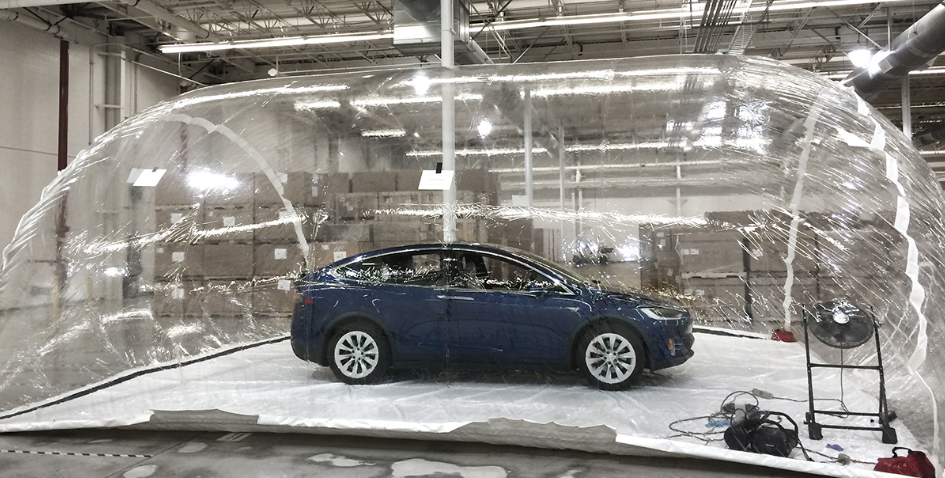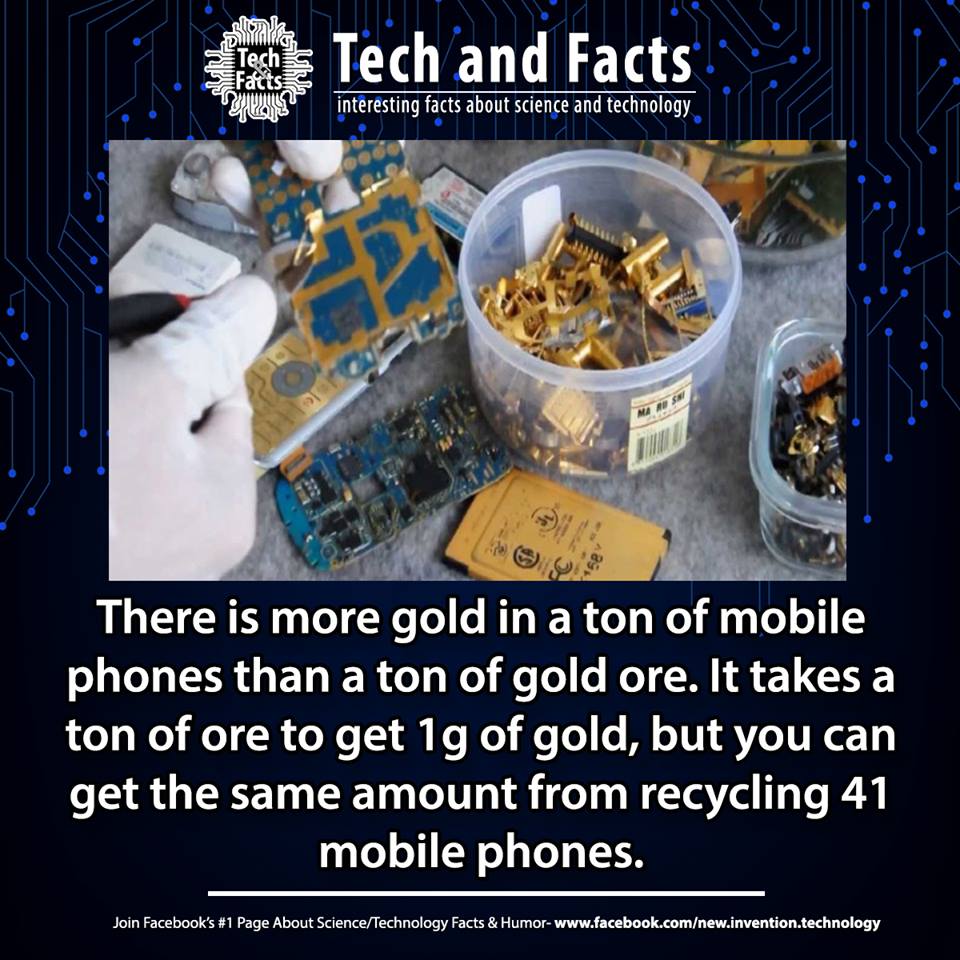Germany made so much renewable energy last weekend that customers actually made money.
Well you don’t see this every day…
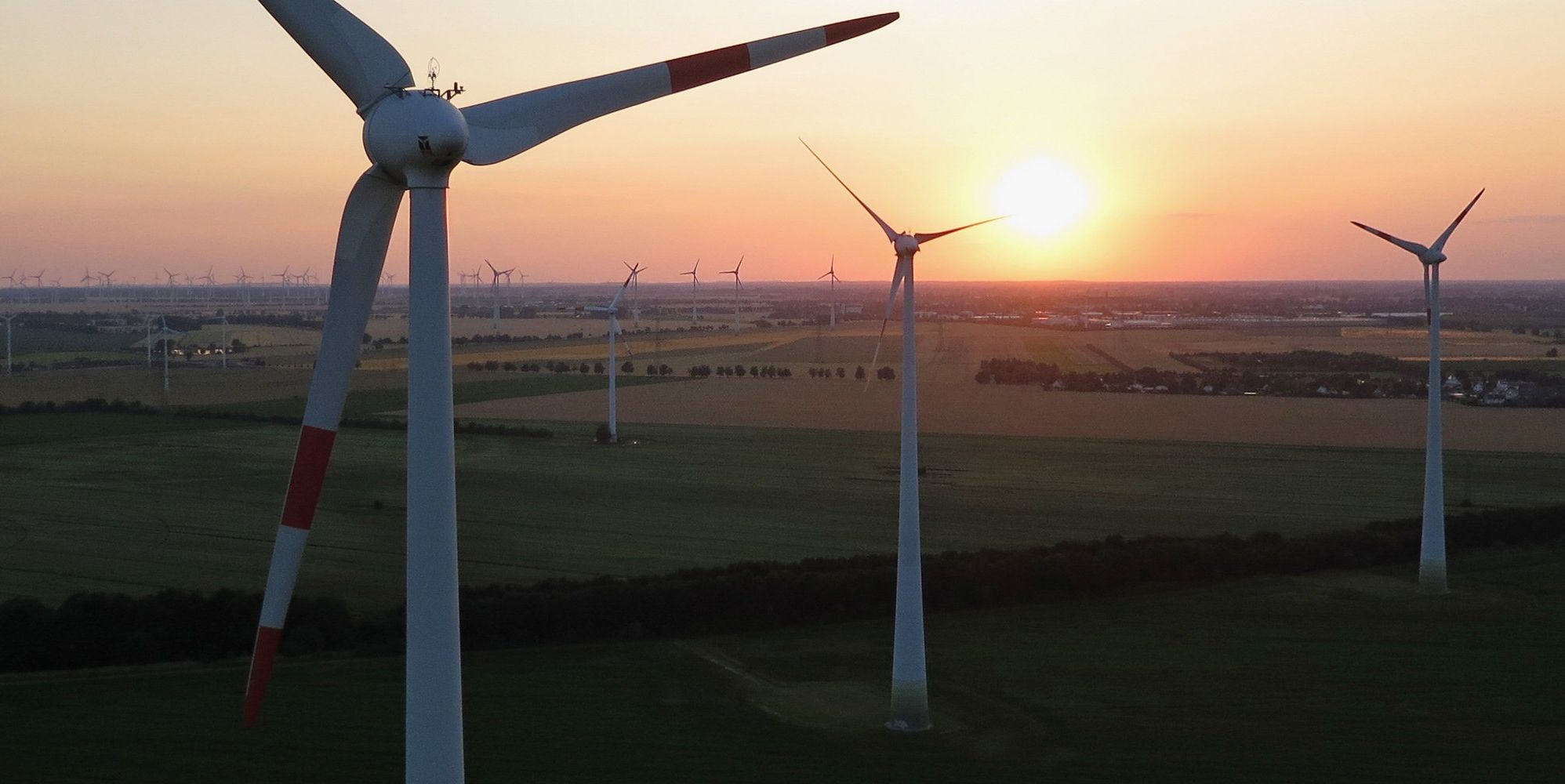
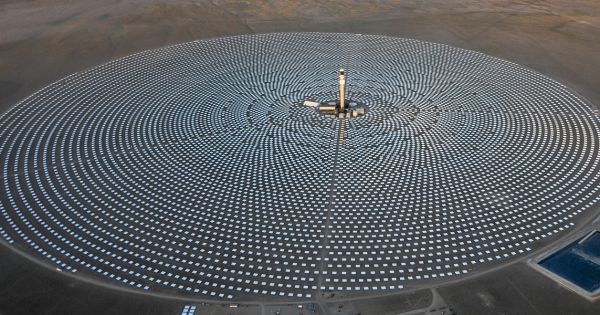
China’s state-owned Shenhua Group Corp. has just signed a memorandum of understanding with Santa Monica based SolarReserve, partnering to bring 1,000 MW of clean energy into China.
Green is going global. More and more countries are getting in on the green energy bandwagon, shifting their energy dependencies from fossil fuel burning to renewable energy. And the biggest recipient of this? Solar.
Countries are increasingly depending on the Sun to provide for their energy needs. And this means the building of bigger and better solar farms.
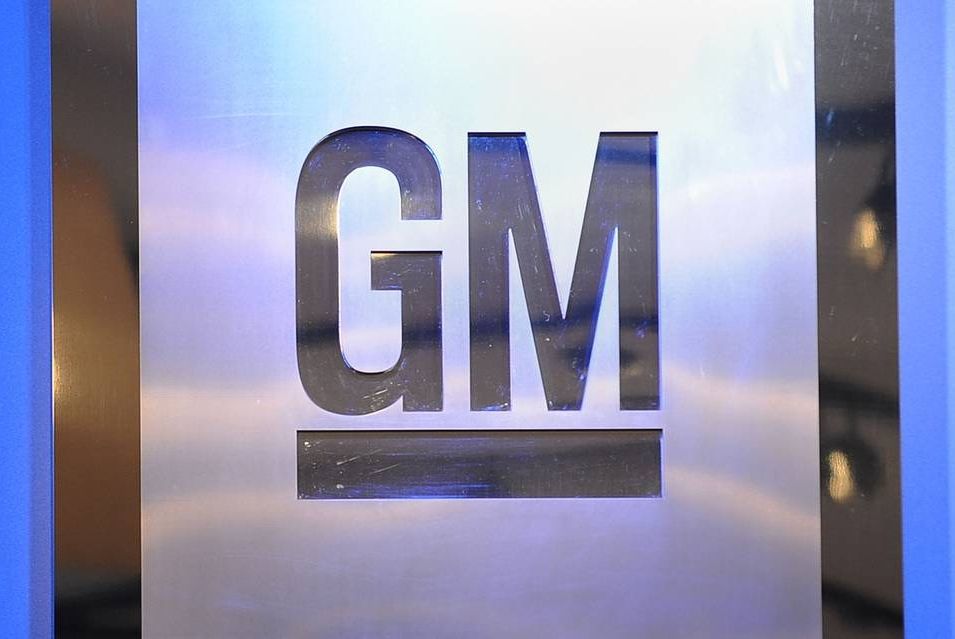
These automaker knuckleheads were planning to try and hide self driving cars into the 2030’s:
Head of GM’s foresight and trends unit says timetable for autonomous vehicles likely moved from 2035 to 2020, if not sooner.
A General Motors Co. executive credited Silicon Valley companies, including Alphabet Inc.’s Google car division and Tesla Motors Inc., for accelerating the development of autonomous vehicle technology and shortening the timetable for when safer self-driving cars hit the road.
Richard Holman, a 30-year automotive veteran running GM’s foresight and trends unit, said Tuesday that three years ago most industry participants would have estimated 2035 as a reasonable timetable for self-driving cars. Speaking to a conference in suburban Detroit, Mr. Holman said now most people see that technology being deployed by 2020, if not sooner.
Mr. Holman noted companies like GM and its rivals have been working on autonomous vehicles for several years, and said tech giant Google and electric-car maker Tesla deserve get credited for moving the industry along.

Recognizing the importance of biofuels to energy and climate security, the U.S. Department of Energy has announced up to $90 million in project funding focused on designing, constructing and operating integrated biorefinery facilities. The production of biofuels from sustainable, non-food, domestic biomass resources is an important strategy to meet the Administration’s goals to reduce carbon emissions and our dependence on imported oil.
Project Development for Pilot and Demonstration Scale Manufacturing of Biofuels, Bioproducts, and Biopower is a funding opportunity meant to assist in the construction of bioenergy infrastructure to integrate cutting-edge pretreatment, process, and convergence technologies. Biorefineries are modeled after petroleum refineries, but use domestic biomass sources instead of crude oil, or other fossil fuels to produce biofuels, bioproducts, and biopower. They convert biomass feedstocks—the plant and algal materials used to derive fuels like ethanol, butanol, biodiesel and other hydrocarbon fuels—to another form of fuel or energy product. This funding will support efforts to improve and demonstrate processes that break down complex biomass feedstocks and convert them to gasoline, diesel and jet fuel, as well as plastics and chemicals.
“The domestic bio-industry could play an important part in the growing clean energy economy and in reducing American dependence on imported oil,” said Lynn Orr, DOE’s under secretary for science and energy. “This funding opportunity will support companies that are working to advance current technologies and help them overcome existing challenges in bioenergy so the industry can meet its full potential.”
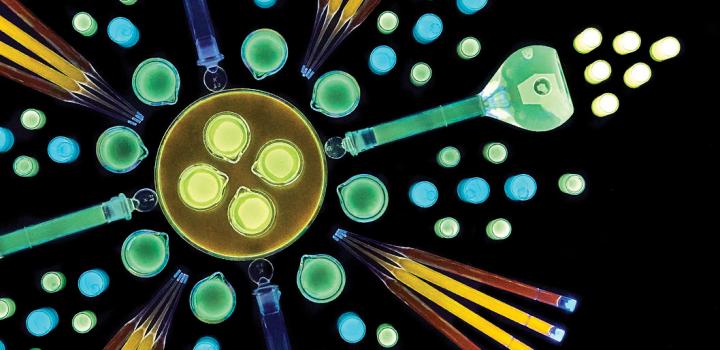
Creating Q-Dots/ QDs (Acronym seems to depend on which reference book, article that you read) more cheaply and efficiently too.
Quantum dots (QDs) are semiconducting nanocrystals prized for their optical and electronic properties. The brilliant, pure colors produced by QDs when stimulated with ultraviolet light are ideal for use in flat screen displays, medical imaging devices, solar panels and LEDs. One obstacle to mass production and widespread use of these wonder particles is the difficulty and expense associated with current chemical manufacturing methods that often requiring heat, high pressure and toxic solvents.
But now three Lehigh University engineers have successfully demonstrated the first precisely controlled, biological way to manufacture quantum dots using a single-enzyme, paving the way for a significantly quicker, cheaper and greener production method. Their work was recently featured in an article in The New York Times called “A curious tale of quantum dots.”
The Lehigh team— Bryan Berger, Class of 1961 Associate Professor, Chemical and Biomolecular Engineering; Chris Kiely, Harold B. Chambers Senior Professor, Materials Science and Engineering and Steven McIntosh, Class of 1961 Associate Professor, Chemical and Biomolecular Engineering, along with Ph.D. candidate Li Lu and undergraduate Robert Dunleavy—have detailed their findings in an article called “Single Enzyme Biomineralization of Cadmium Sulfide Nanocrystals with Controlled Optical Properties” published in the Proceedings of the National Academy of Sciences (PNAS).



A Germany-based company, Paravan, is a leader in the electric wheelchair market and related accessories to adapt vehicles for people with disabilities. While they mostly work with vans and trucks, their latest product makes almost any car with enough trunk space extremely practical for someone using a wheelchair.
They installed it in a Tesla Model S to illustrate the functionalities of the product and the range of vehicles it can be installed on.
A robotic arm, called Robot 3000, can automatically lift a wheelchair (up to 25 kg – 55 lbs) from the trunk of a vehicle, then it moves the chair to the driver’s side and extends it all the way to the driver’s door.
